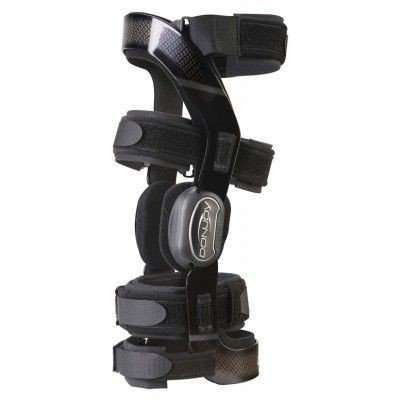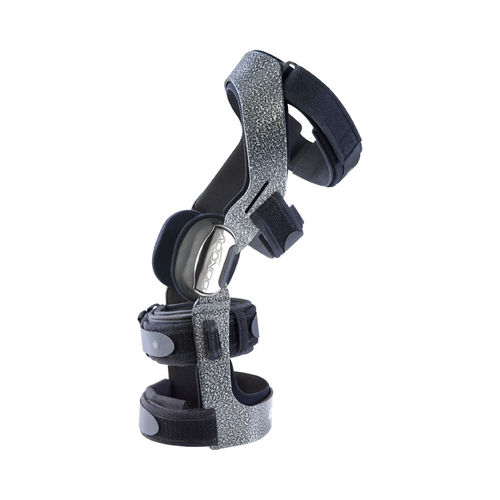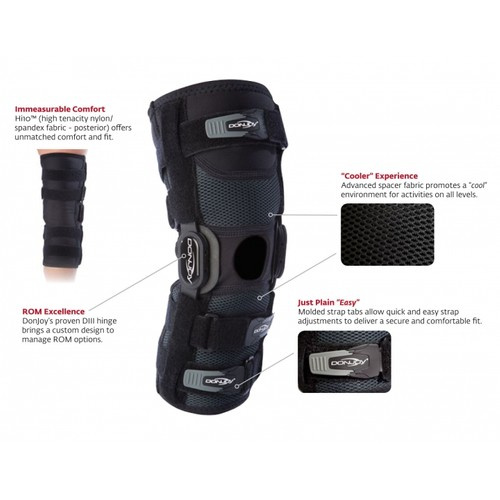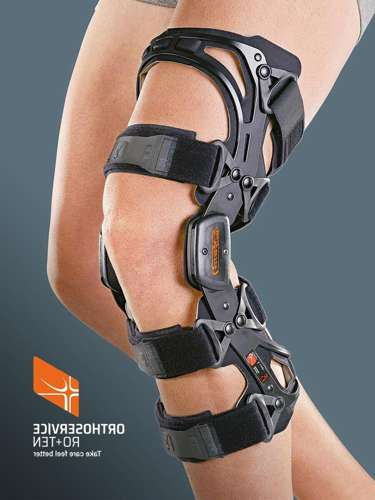Knee injuries in skiing
2019-02-04
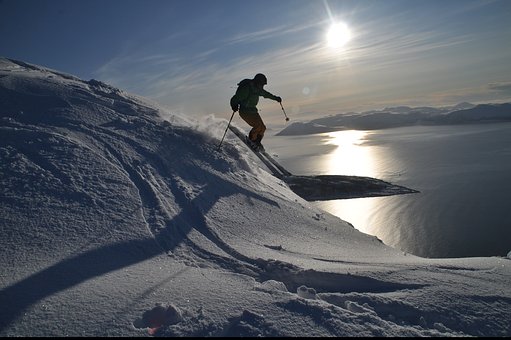 Knee injuries while skiing is a hot topic as the ski resorts are getting ready to open forthe season. Researchers are also trying to reconcile conflicting findings about gender as a risk factor for injury. Investigators from Oslo analyzed a single season of data for nine World Cup alpine ski teams and found a higher rate of injury for men than women (11 vs. 5.4 injuries per 1000 runs).5 However, all 14 of the ACL injuries reported occurred in female skiers, according to Tone Bere, a researcher in the Oslo Sports Trauma Research Center.
Knee injuries while skiing is a hot topic as the ski resorts are getting ready to open forthe season. Researchers are also trying to reconcile conflicting findings about gender as a risk factor for injury. Investigators from Oslo analyzed a single season of data for nine World Cup alpine ski teams and found a higher rate of injury for men than women (11 vs. 5.4 injuries per 1000 runs).5 However, all 14 of the ACL injuries reported occurred in female skiers, according to Tone Bere, a researcher in the Oslo Sports Trauma Research Center.
Knee injuries in skiing
The Oslo results about ACL and gender are consistent with those of Vermont researchers, whose 1998 survey-based study of competitive alpine ski racers6 found that female skiers are 2.3 times more likely to experience a knee injury and 3.1 times more likely to experience an ACL disruption than their male counterparts. But a 1999 study7 from the Steadman Hawkins Sports Medicine Foundation in Vail, CO, found that the incidence of ACL injury among ski patrollers or instructors does not differ significantly between men and women (4.2 vs 4.4 injuries per 100,000 skier-days), suggesting that gender may be more significant as a risk factor for competitive skiers than for skiing pros.Of course, the primary mechanism of ACL injuries in skiers is not in question. That would be the “phantom foot” scenario, in which a skier falls backwards in such a way that the load on the ACL causes the ligament to rupture (called phantom foot because the downhill ski produces a force as if an imaginary foot were pushing on its tail). The bindings that connect the boot to the ski are designed to release when excessive levels of force are experienced, but because the ski boot typically pivots around an axis near its heel, the bindings are better able to sense loads applied at the front of the ski than those applied at the back (as in a phantom foot fall).
Skiing Knee Injuries - knee brace for skiing
“What the leg feels and what the binding feels are not the same thing,” said Carl F. Ettlinger, MME, an adjunct assistant professor in orthopedics and rehabilitation at UVM and a keynote speaker in Tromsö. “We don’t necessarily have an idealized binding, one that was designed for today’s skiers.”
That may be about to change. Former competitive skier Rick Howell has designed a knee-friendly binding that features a virtual second pivot point to better respond to torque generated during phantom foot falls, as well as force-filtering technology that differentiates skiing-related forces from potentially injurious forces to minimize inadvertent binding release.
A study8 that validates the new device, called KneeBinding, was presented in July 2007 at the International Society for Skiing Safety (ISSS) conference in Aviemore, Scotland. KneeBinding is expected to be available for the upcoming ski season.
In the meantime, Johnson, Ettlinger, and others are working to promote ACL awareness among skiers, including knee-friendly techniques for skiing, falling, and recovering from falls (see vermontskisafety.com).
They also recommend against the more-is-better approach to tightening bindings far beyond the typical range of release settings, also known as DIN settings (typical range, four to 12). Instead of preventing injury, release settings that are too high tend to result in bindings that fail to release when they should.
“Some competitors’ bindings go up into the 20s and 30s, and there isn’t any way out at that point,” said congress keynote speaker Jasper Shealy, PhD, professor emeritus of industrial and systems engineering at the Rochester Institute of Technology in New York. “It’s really gotten way out of order.” by Biomechnics Magazine November/December 2008 by Jordana Bieze Foster
Do you suffer from a skiing knee injury? Shop our selection of knee braces for skiing. Wearing a knee brace while skiing can help stabilize your knee and prevent injuries.
Show more entries from
February 2019

